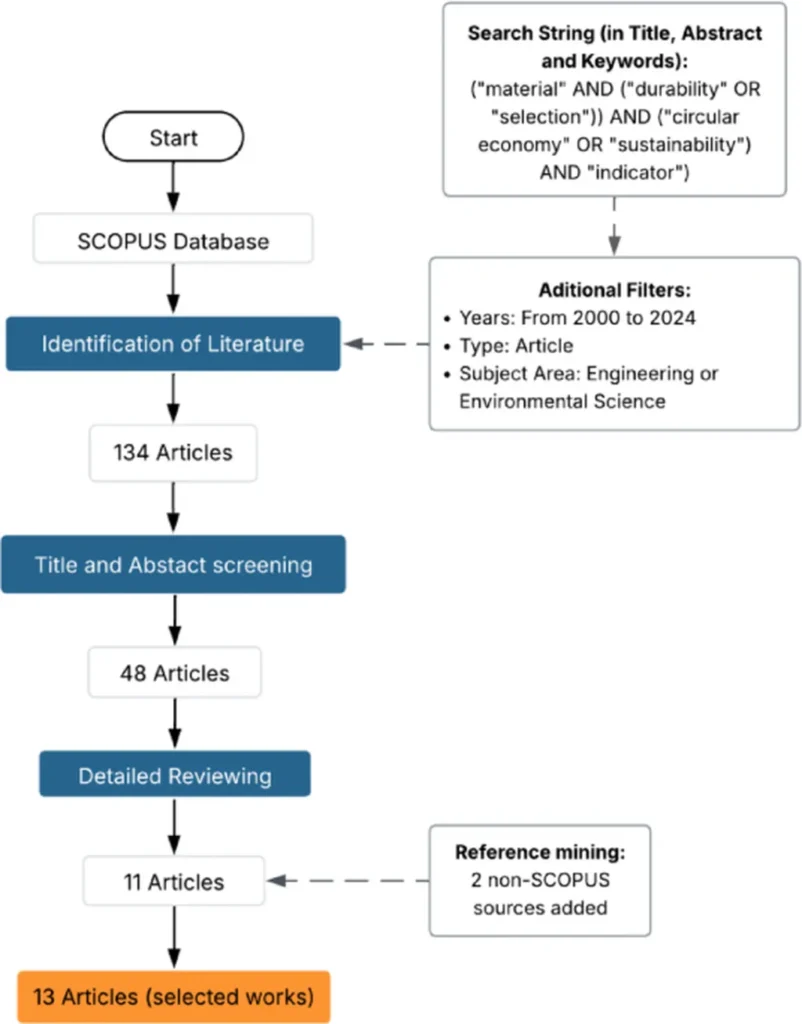In the quest for sustainable design, a new study published in *Scientific Reports* (translated from Spanish as “Scientific Reports”) offers a promising tool for industries striving to balance performance and environmental responsibility. Led by Marco Granados-Sarmiento from the Department of Mechanical Engineering at Universidad del Norte, the research introduces a novel approach to material selection that could redefine how companies approach product longevity and sustainability.
The study addresses a critical gap in current material selection frameworks, which often prioritize durability without adequately considering the broader environmental impact. Granados-Sarmiento and his team developed the Specific Durability Performance (SDP) indicator, a quantitative metric that integrates mechanical, thermal, and chemical durability with carbon footprint data into a single value ranging from 0.0 to 1.0. This holistic approach aims to guide designers and engineers toward materials that not only perform well but also align with circular economy principles such as reuse, repair, and remanufacturing.
“Our goal was to create a tool that would help industries make more informed decisions about material selection,” Granados-Sarmiento explained. “By combining multiple aspects of durability with environmental impact, we can identify materials that offer both high performance and sustainability.”
The SDP indicator calculates key parameters for each material, including tensile strength, fatigue resistance, service temperature range, flammability, and chemical resistance. These parameters are weighted according to the specific use requirements of the product, providing a tailored assessment for different applications. The results are then benchmarked against an “ideal” reference material, with the carbon footprint also factored into the final score.
To demonstrate the practical application of the SDP indicator, the researchers applied it to two case studies with distinct design requirements. The results showed that the indicator effectively identified materials that offered robust structural performance while minimizing environmental impact. This approach could be particularly valuable in sectors such as construction, automotive, and electronics, where material durability and sustainability are increasingly critical.
The implications of this research extend beyond individual industries. As companies face growing pressure to adopt sustainable practices, tools like the SDP indicator could become essential for achieving circular economy goals. By providing a clear, quantitative measure of material performance and environmental impact, the SDP indicator could help industries transition toward more sustainable design practices.
“This research has the potential to shape future developments in material science and engineering,” Granados-Sarmiento noted. “By integrating durability and sustainability into a single metric, we can drive innovation and encourage the adoption of more eco-friendly materials.”
As industries continue to grapple with the challenges of sustainability, the SDP indicator offers a promising solution for balancing performance and environmental responsibility. By providing a clear, data-driven approach to material selection, this research could pave the way for a more sustainable future in design and manufacturing.

